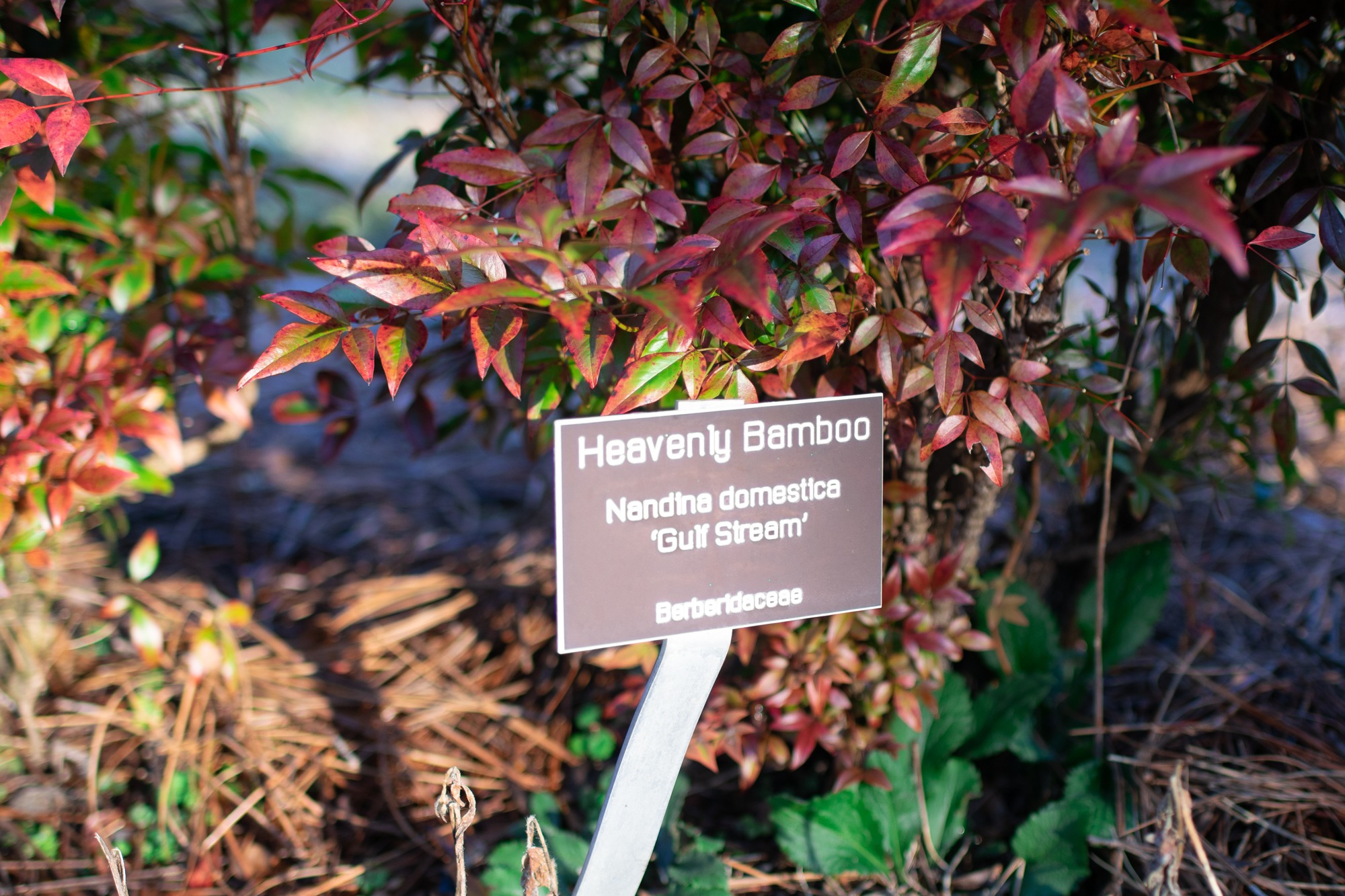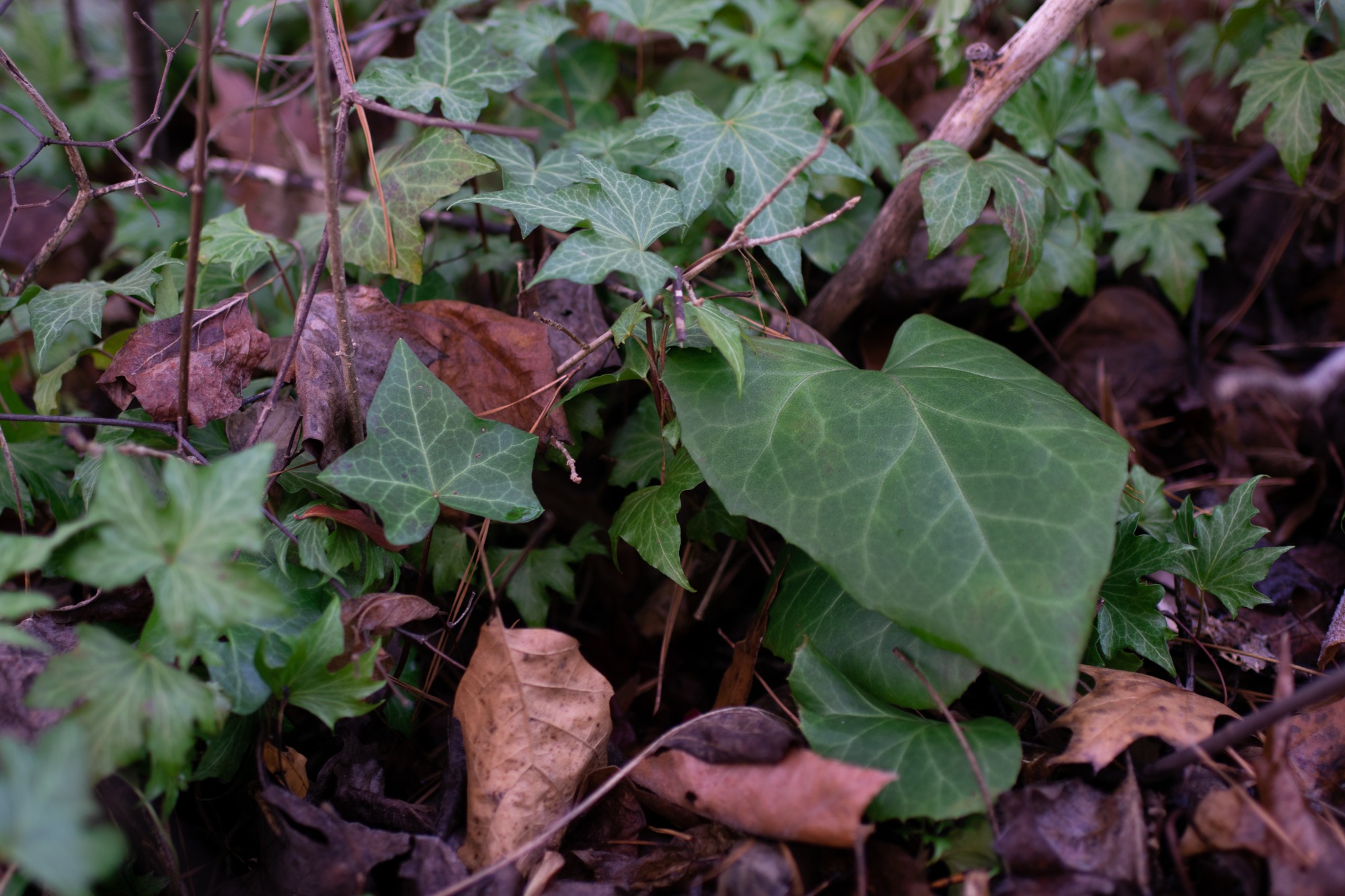A Lesson Learned: The History of Horticulture & Invasive Plants
Invasive Plants: How did They Get Here?
If you’ve been reading our “Dirty Dozen” blog series, you’ve probably noticed a recurring theme in several of the articles: many invasive plants were intentionally brought to the United States for ornamental purposes. Up until now, we have not featured Dirty Dozen plants that were deliberately planted at Lewis Ginter Botanical Garden. In the coming weeks, this will not always be the case; therefore, we would like to contextualize the origin of these plants as a part of our collections.

Invasive plant Nandina domestica is one of the most popular ornamental plants in the Mid-Atlantic region, but it’s time for that to change.
The Problem
Many plants that are now recognized as invasive were once common (and in some cases, still are) in the horticultural trade and in botanical gardens. According to Virginia Cooperative Extension, “34 percent to 83 percent of the total number of invasive taxa (species, varieties, or cultivars) in the U.S. had a horticultural origin.” We, too, have planted species that are now known to be invasive, though we were unaware of this at the time. Resulting from our own observations and the growing body of biological invasions science, we have developed a plan of action for tackling invasive species in the Garden.
The Plan
We are dedicated to the identification and removal of invasive plants as resources allow, and we are committed to educating our community on the threat they pose to our native ecosystems and economy. Our horticulturists now evaluate plants for invasive tendencies and consult with scientific and/or governmental agencies to aid in decisions regarding removal. This aligns with our 2019-2024 Strategic Plan (PDF) environmental stewardship objective to “Promote conservation and environmental resiliency through horticultural and operational practices and plans” including a goal to “expand and enhance programs… to remove invasive plants.”

English ivy (Hedera helix) has several “attractive” cultivars, but it quickly escapes cultivation, invades disturbed sites, and chokes trees.
Moving Forward
We recognize that there are several stakeholders involved in stopping the spread of ornamental invasive plants. Open communication and collaboration between such stakeholders (conservation groups, governing agencies, plant nurseries/garden centers, and consumers) are needed to find solutions that simultaneously protect our natural heritage and provide economic security for the ornamental horticulture industry. We are all learning, and we invite you to join us in our educational journey and in taking action.
In the coming weeks, look for informative blog posts on the rest of the Dirty Dozen plants.